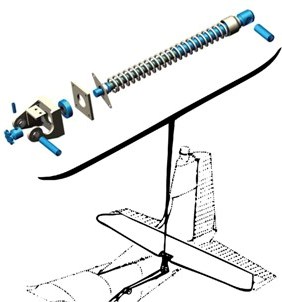hindsight2020
Final Approach
- Joined
- Apr 3, 2010
- Messages
- 6,736
- Display Name
Display name:
hindsight2020
The hard truth is it is nearly impossible to achieve any sort of economy of scale in the aircraft industry. Vans and Cirrus are about the only manufacturers to get anywhere close to true production line efficiency. Everybody else is custom building.
Not disagreeing. Just thinking out loud: Forget the rules. Economically, if places like Vans are so proud of the kits they sell for us dum dums to assemble, why is the proposition for them to assemble all of a sudden blasphemy? From where I sit, if the kit is that easy, why does it flip the supposed economic equation for them to do the assembling?
Our resident home builders admit they'd be quicker if they did the same airplane three times in a row. That would be rather self-evident for the facility fabricating the damn parts in the first place, me thinks. I just don't buy the argument that assembly is the economic almighty wall of Westeros that keeps us in the economic morass of having to entertain CeRtIfIeD 50 year old nonsense under draconian rules meant for revenue operators.

